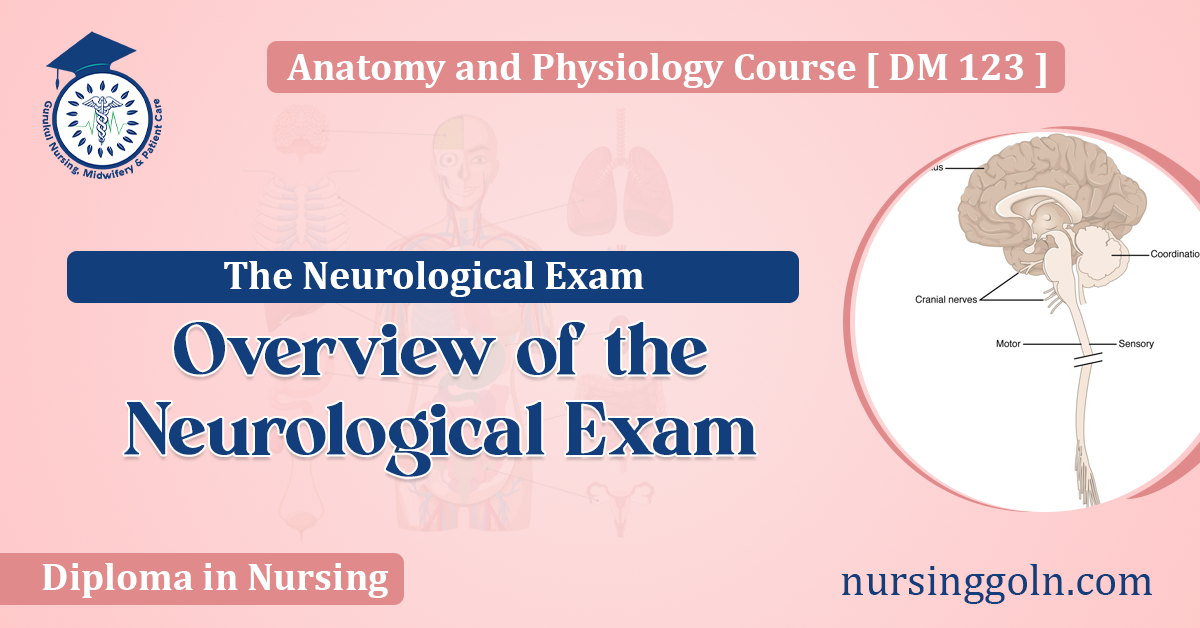Today our topic of discussion is ” Overview of the Neurological Exam “. The vast universe within our skulls, the brain, is a wonder of biological design. Understanding its health and function is critical in clinical medicine, and the neurological exam stands as the cornerstone in this endeavor. This comprehensive article provides a panoramic view of the neurological exam, its components, significance, and nuances.
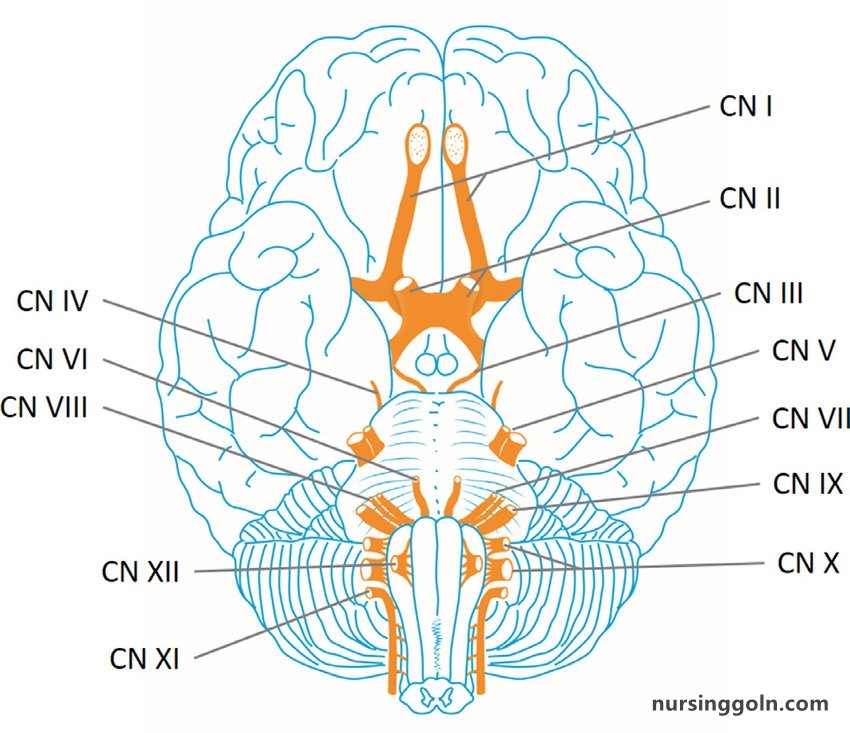
Overview of the Neurological Exam: The Neurological Exam
1. Introduction: The Imperative of the Neurological Exam
The neurological exam is a systematic method used by clinicians to evaluate the central and peripheral nervous system’s function. It aids in diagnosing and monitoring various neurological conditions, from migraines to multiple sclerosis.
2. Mental Status Examination: Assessing Cognition and Behavior
Before delving into motor or sensory tests, a clinician will evaluate the patient’s mental state:
- Orientation: Determining awareness of time, place, and identity.
- Memory: Testing both short-term and long-term memory.
- Language Skills: Assessing speech clarity, comprehension, and reading or writing abilities.
3. Cranial Nerve Examination
Twelve pairs of cranial nerves emerge directly from the brain. Each has specific functions:
- I (Olfactory): Smell.
- II (Optic): Vision.
- III (Oculomotor), IV (Trochlear), VI (Abducens): Eye movements.
- V (Trigeminal): Facial sensation and jaw movement.
- VII (Facial): Facial expression.
- VIII (Vestibulocochlear): Hearing and balance.
- IX (Glossopharyngeal) & X (Vagus): Swallowing, speech, and general sensation.
- XI (Accessory): Shoulder movement and head rotation.
- XII (Hypoglossal): Tongue movement.
Testing these nerves provides insight into the brainstem and higher cerebral function.
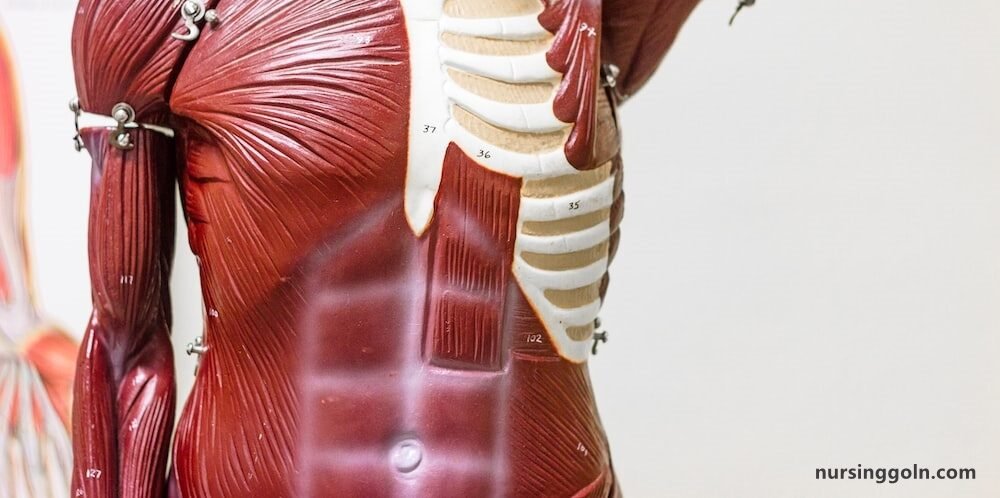
4. Motor Examination: Analyzing Strength and Tone
The motor exam evaluates muscle strength, tone, and voluntary movements:
- Strength Testing: Asking the patient to perform specific movements against resistance.
- Tone Assessment: Evaluating muscle resistance during passive movement.
- Coordination Tests: Tasks like finger-to-nose testing or rapid alternating movements to check cerebellar function.
5. Reflexes: The Body’s Involuntary Responses
Using a reflex hammer, specific deep tendon reflexes are tested:
- Biceps, Triceps, and Brachioradialis: For upper limbs.
- Patellar and Achilles: For lower limbs.
The presence, absence, or exaggeration of these reflexes can indicate underlying pathology.

6. Sensory Examination: Probing the World of Sensation
This segment evaluates a patient’s ability to perceive various stimuli:
- Touch and Pain: Using cotton wool and a sharp object.
- Vibration: Using a tuning fork.
- Position Sense: Moving a patient’s finger or toe up or down.
7. Gait and Posture Assessment
How a person walks can reveal a lot:
- Walking on Toes and Heels: Checks for strength and coordination.
- Tandem Walking: Assessing balance and coordination.
- Romberg Test: Evaluating proprioception and vestibular function.
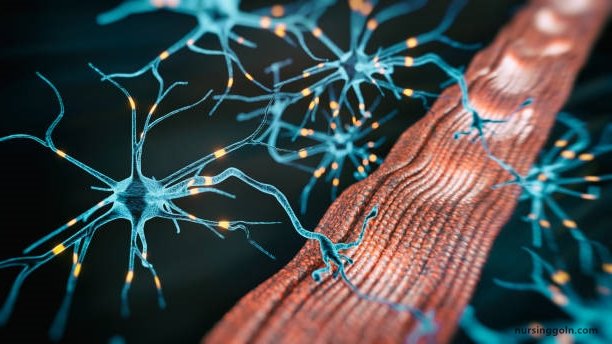
8. Specialized Tests
Depending on the initial findings, other tests might be conducted:
- Babinski Reflex: A toe response test.
- Meningeal Signs: Like the Brudzinski or Kernig sign, indicating potential meningitis.
9. The Role of Imaging and Ancillary Tests
While the neurological exam provides a wealth of information, sometimes further tests like MRI, CT, or lumbar punctures are required for definitive diagnoses.
10. Concluding the Exam: Integrating Findings
After all segments of the exam are complete, clinicians synthesize the findings, correlating them with potential pathologies or conditions.
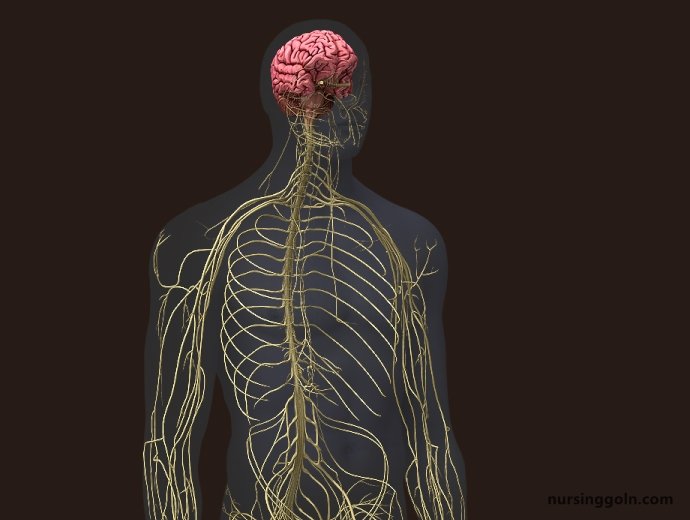
11. Conclusion: The Art and Science of the Neurological Exam
The neurological exam is a mosaic of science and observation, intertwining objective tests with keen clinical acumen. It’s not just a series of tasks but a deeply informative conversation between the clinician and the patient’s nervous system. As we continue to advance in neurology, this foundational tool will undoubtedly remain at the heart of patient care.
Read more:
